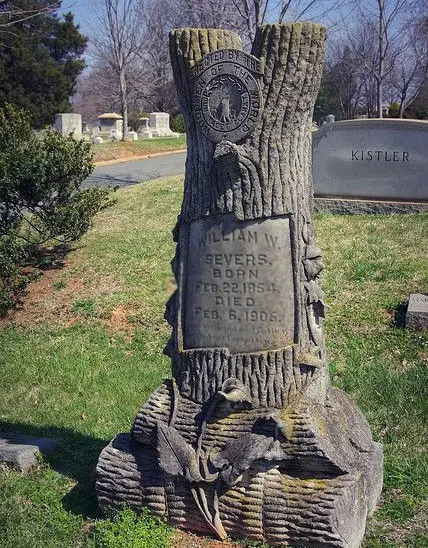Graveyard symbology has some similarities around the world and across time. Graveyards are a safe place to hold bodies while the souls move on. People keep up cemeteries and some are the sight for yearly parties. Death is perceived differently all over the world. Here are some graveyard symbols from ancient times.
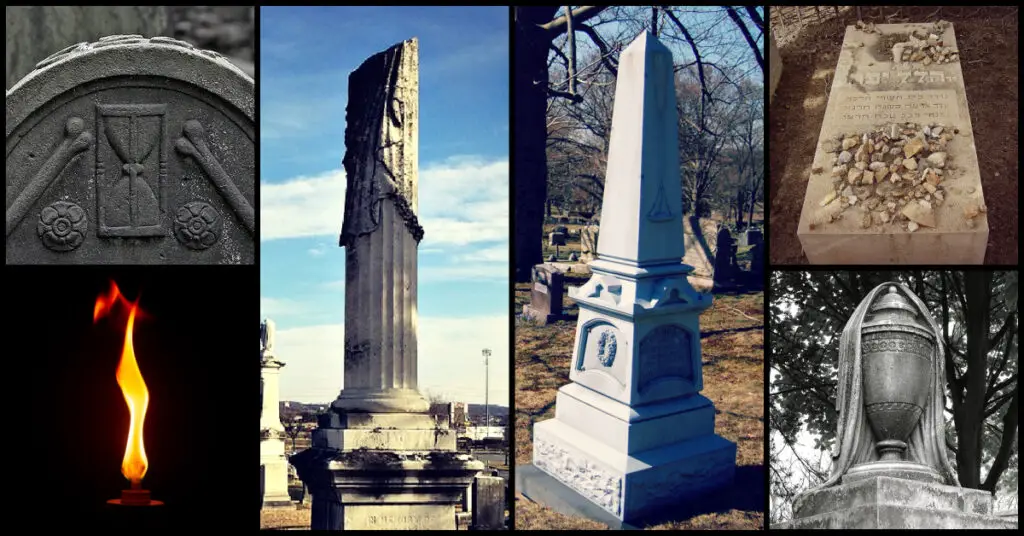
Rock
Symbol of a marker, and anchors.
On some Jewish gravestones, a person might notice rocks. They are not inscribed in the grave marker, rather they are laid on top. Some think that they are representative of the times people used piles of stones to mark graves. Since the stones could be removed or worn out, people would carry a rock to replace a stone. Some feel the rocks on the gravestone symbolize a way to keep the soul close to the body. Rocks also were used on graves to let Jewish priests know there was a corpse lying there so the priests would not get too close and render the body unholy.
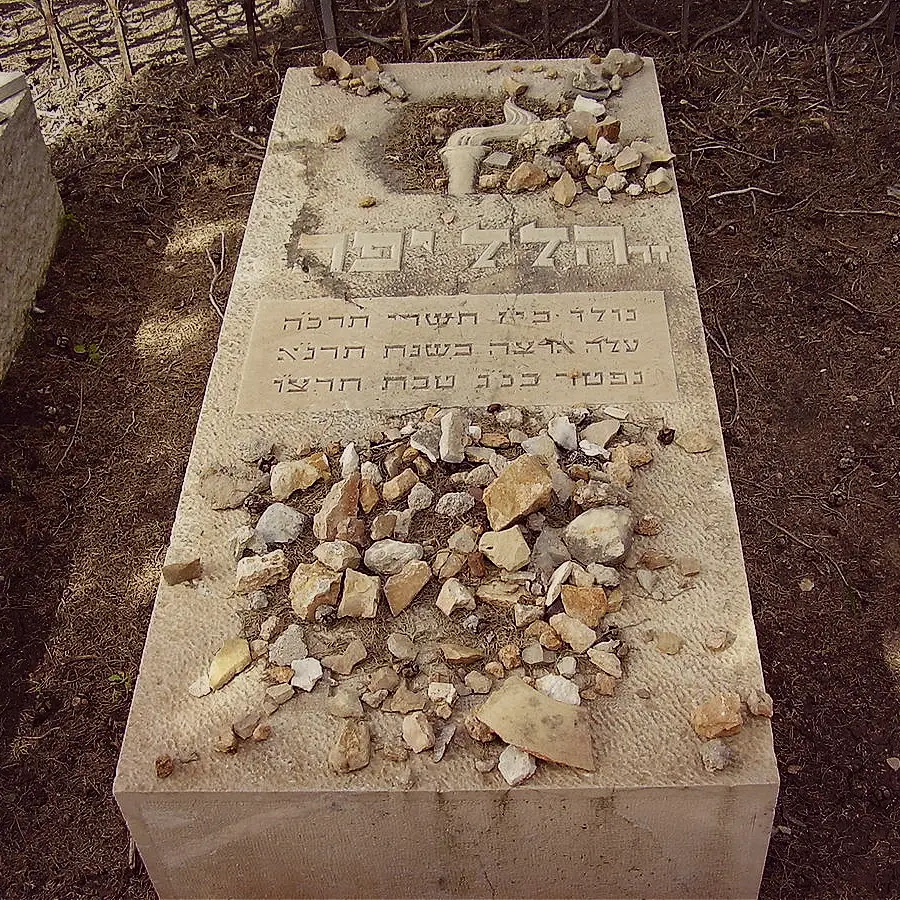
Flaming Torch
Symbol of mourning, death, life, knowledge, divinity.
The flaming torch is found on different graveyard sites. In ancient Rome and Greece, a crossed torch on a gravestone symbolizes mourning. If the torch is inverted it represents death, and an upright torch represents life. Torches can also symbolize the light of knowledge on a gravestone. On a Christian gravestone, a torch can symbolize divine power and light.
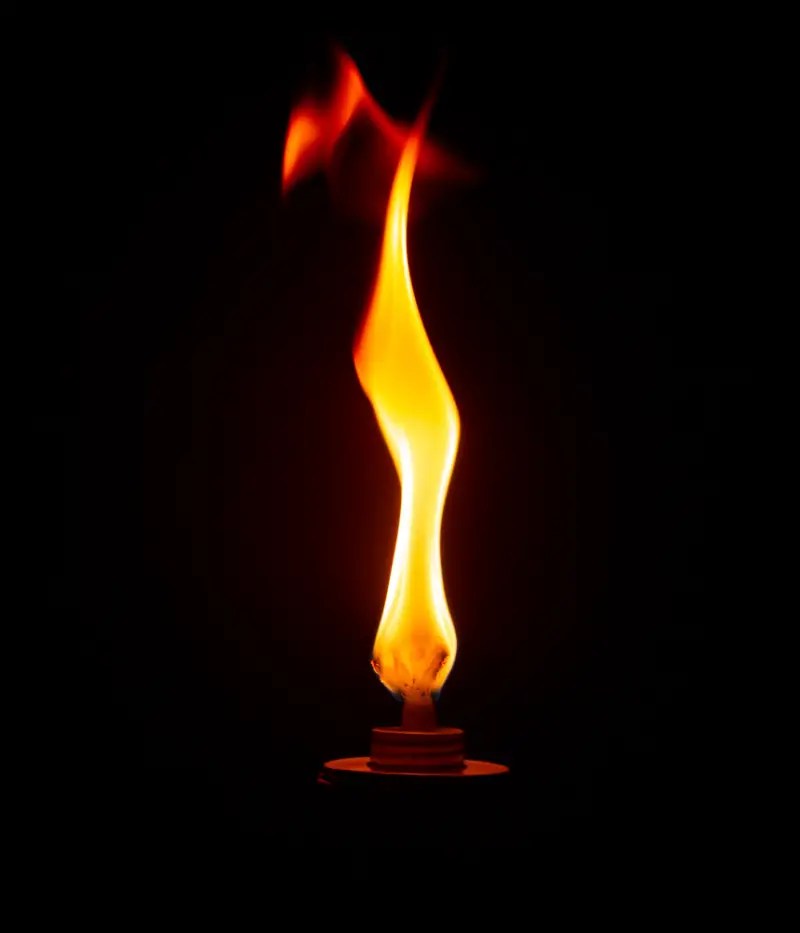
Cherubs
Symbol of rebirth, protection.
A cherub symbol on a gravestone is an evolution of the winged skull found on Puritan graves. It is a representation of the soul’s rebirth in heaven. Cherubs were also used on children’s graves from before the seventeenth century. They represent an angel guarding the child’s soul on the way to heaven.

Hourglass
Symbol of death, time.
An hourglass symbol was common on gravestones in the seventeenth and eighteenth centuries. A plain hourglass symbolized the passing of time on earth. An hourglass with wings represented the time that was fleeting. It was an encouragement for passersby to seize the day and live life to its fullest. It could also represent how quickly time passes by.
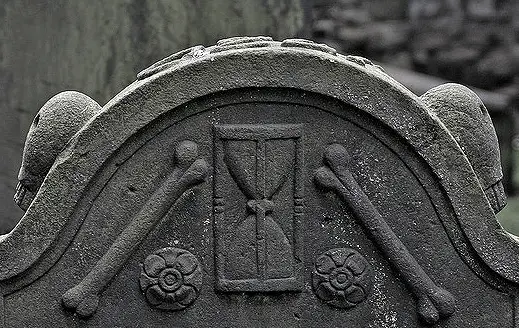
Snake
Symbol of eternity, power, wisdom, medicine, healing, eloquence.
Snakes on gravestones may have different meanings. In ancient Egypt, the Ouroboros symbol of a snake eating its tail was a symbol of life and death. A circular snake on a gravestone represented eternity. A snake that is intertwined with another could represent power and wisdom. In ancient China, two intertwined snakes represent yin and yang. A snake surrounding a staff is associated with medicine and healing. A winged staff with a snake around it represents eloquence. Gravestones with a snake on staff in modern times may be used to mark a physician’s grave.
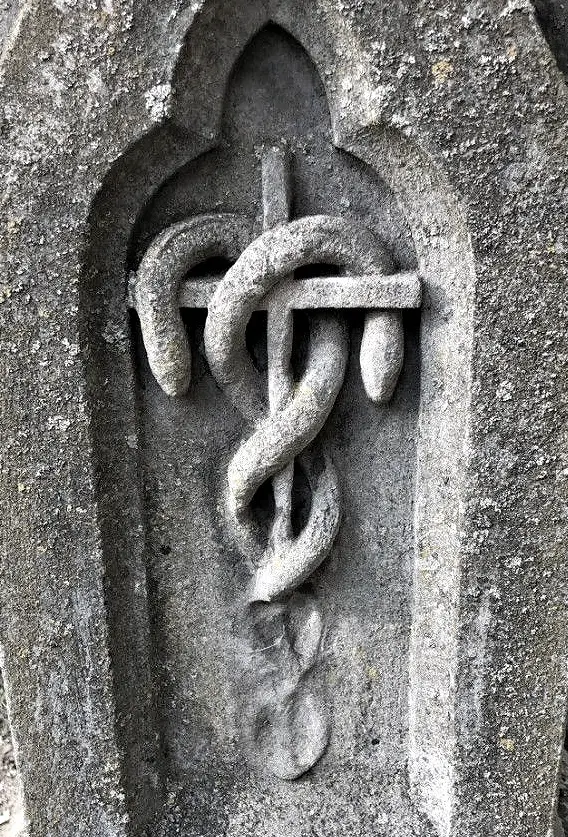
Sun
Symbol of rebirth, death.
Suns found on gravestones are symbols of death and rebirth. In Europe, before the nineteenth century, most graves faced the rising sun. A sun symbol on a gravestone can symbolize the end of life and the afterlife or rebirth. Many ancient civilizations believed in the afterlife and the sun was one of the primary symbols of rebirth.
Obelisks
Symbol of Ra, royalty, connection.
Obelisks can be found in many graveyards including ones from Ancient Egypt. Obelisks were the solidified rays from the Sun God Ra. They represented the Sun God’s home. In eighteenth-century England people wanted to be buried with an obelisk on their grave as a representation of royalty. Later, the obelisk represented a connection between heaven and earth and the living and dead.
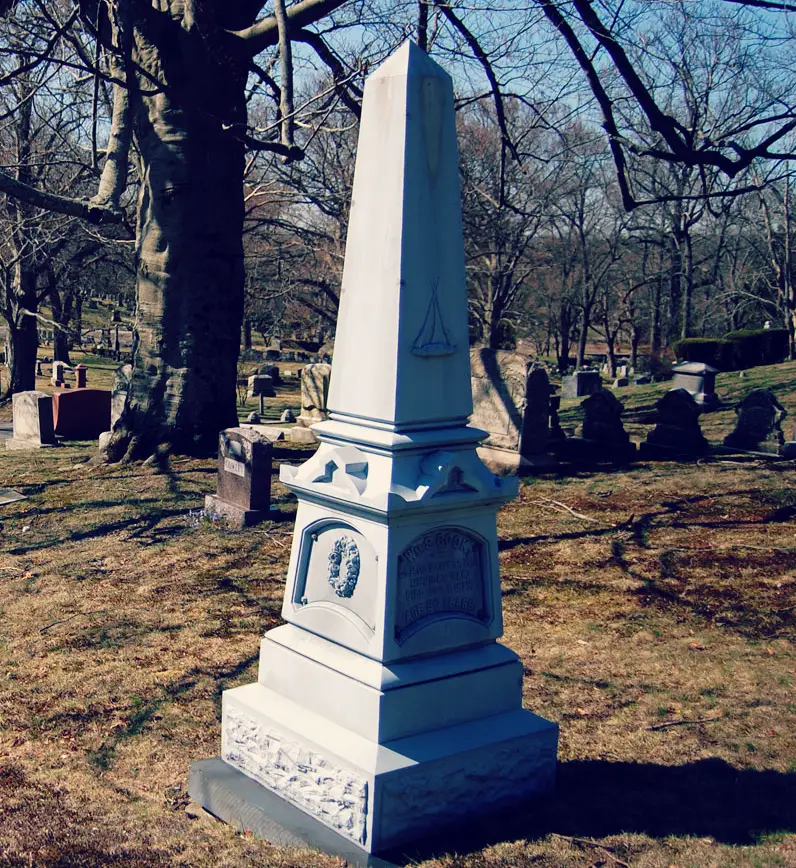
Broken Column
Symbol of early death.
Columns that were deliberately broken represented a life cut short. A broken rosebud also symbolizes a girl who died before womanhood. A broken column or link represents something that came to an end. While not a child, the person’s life was cut short too soon.
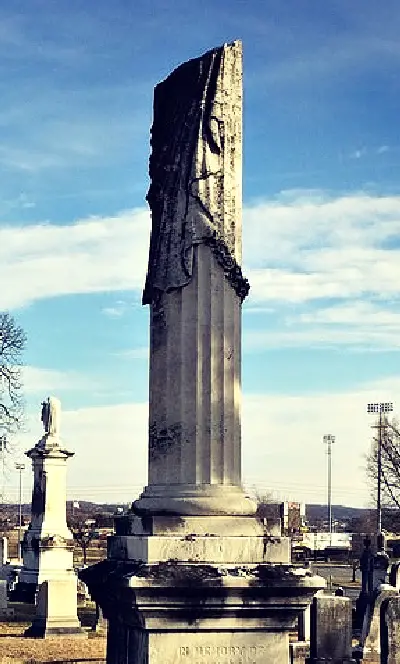
Urn
Symbol of immortality
In Ancient Greece and Egypt, urns were used to hold the soul as it passed over to the afterlife. Pharaohs were buried with urns containing their vital organs. They believed that the person who died would return whole in the afterlife and they would need their vital organs. Later urns were used to signify the body remaining on earth while the soul ascended to the afterlife. They were a symbol of immortality. If an urn was draped it symbolized the distinction between the living and dead.
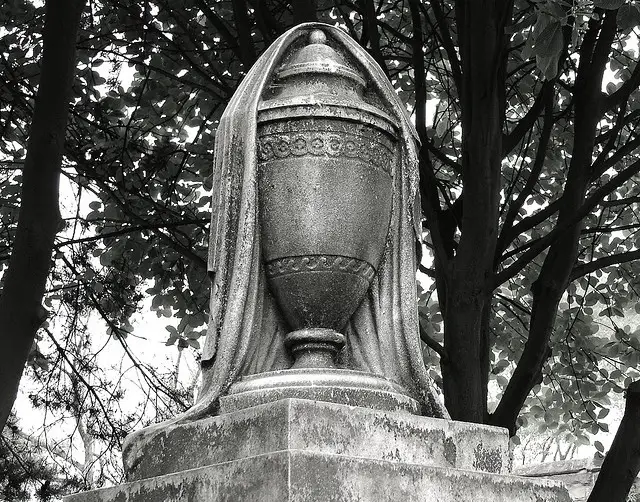
Tree
Symbol of eternity, connection, longevity.
The tree is a symbol of life and eternity. It connects the underworld and the heavens. Tree symbolism was found on graves from ancient times. Muslims plant trees on graves to connect the deceased with their god. In Africa, the baobab tree is considered the tree of life. They buried their sages in baobab trees to keep them connected to the community. They did not want to bury their sages underground because then their knowledge would be lost, so they buried them in the world’s trees. Trees on gravestones also represent longevity.
